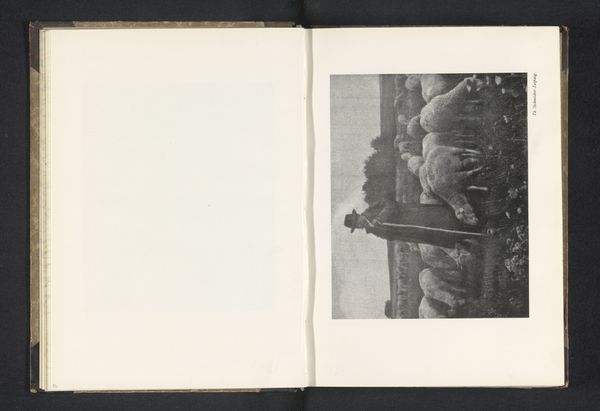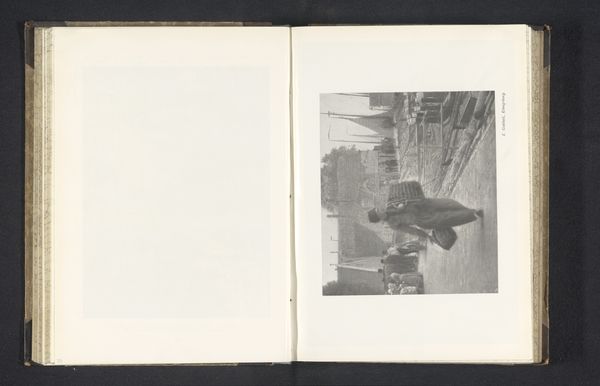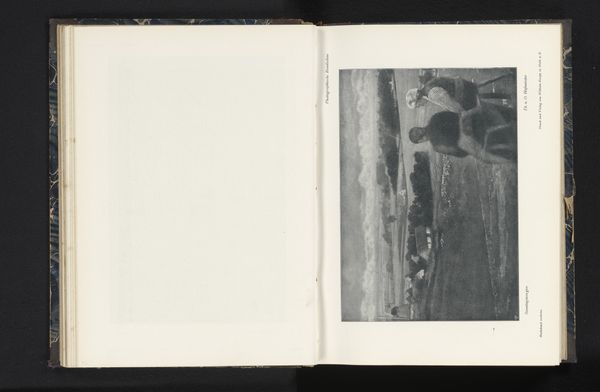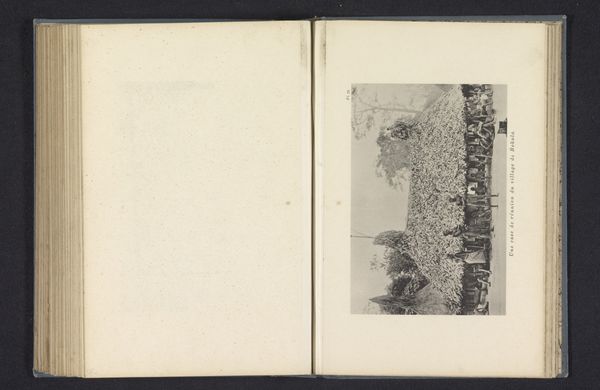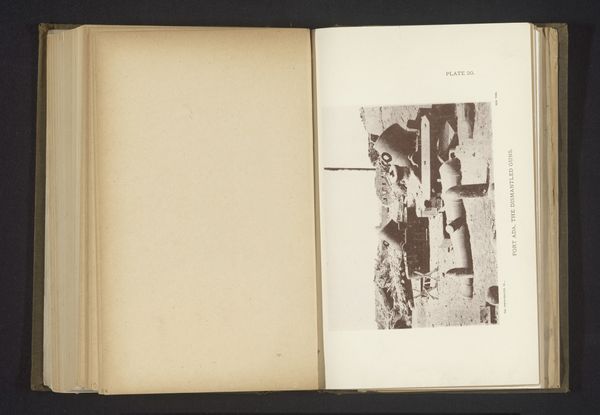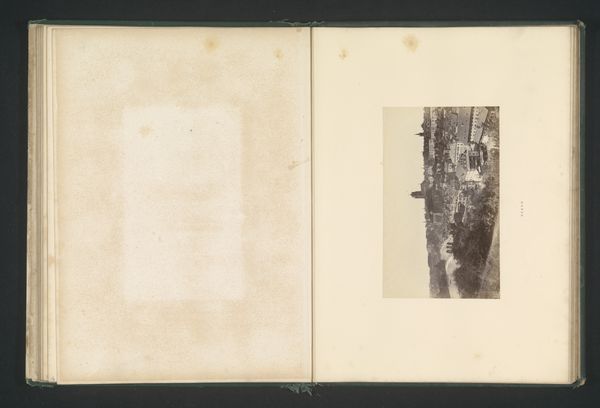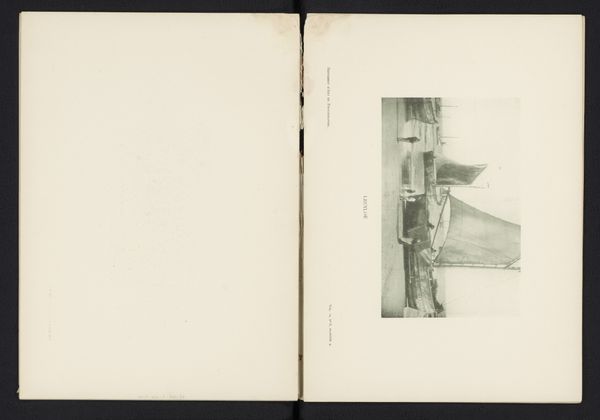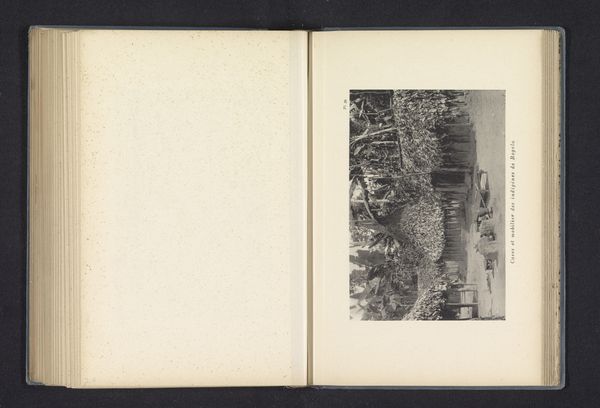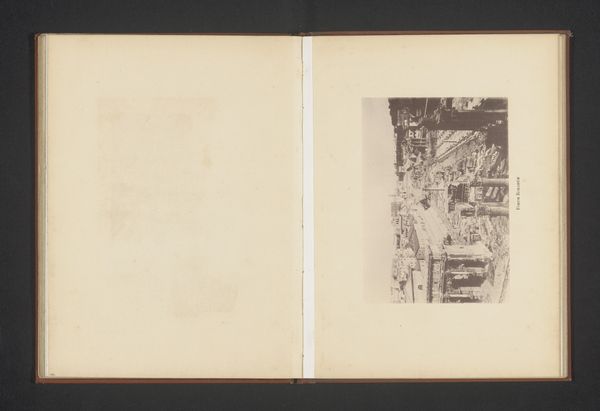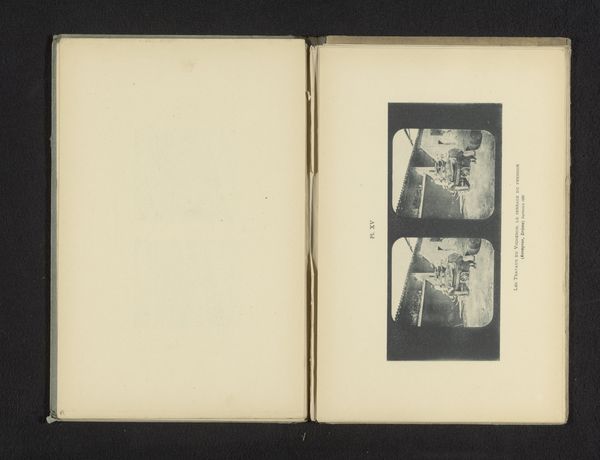
photography, gelatin-silver-print
#
pictorialism
#
landscape
#
photography
#
gelatin-silver-print
#
symbolism
Dimensions: height 148 mm, width 195 mm
Copyright: Rijks Museum: Open Domain
Editor: So, this gelatin silver print by Otto Scharf, created between 1900 and 1901, is titled 'Man Standing on a Path Leading to a Cemetery'. It definitely has a somber tone. The lone figure and the looming graveyard…it's all quite heavy. What do you see in this piece, beyond the obvious melancholy? Curator: The overt morbidity invites us to think about the societal and historical context. Early 20th century Europe was grappling with rapid industrialization and social upheaval. How might the piece reflect anxieties about mortality intensified by the traumas of a world on the brink of war? Editor: I hadn't considered that. I was focused on the individual experience of grief, perhaps. Curator: And that individual experience is crucial. Notice how Scharf uses pictorialism to soften the image, almost romanticizing the landscape. It’s a purposeful aesthetic choice. Is it merely decorative, or does it attempt to negotiate or even obscure some harsher realities about death, class, and inequality? What are your thoughts? Editor: Interesting… So the softening effect might be a way to grapple with anxieties around death without confronting them directly. Almost like a palatable form of social commentary? Curator: Exactly. The image's symbolic content invites discussion and encourages questions. I find it vital to consider how art shapes our perspectives on pressing social matters, even those we perceive as deeply private and inevitable. Editor: I’ve certainly never looked at a photo of a cemetery this way before. Curator: Exploring these layered perspectives, understanding the conversations they initiate across eras, is what makes art history so crucial.
Comments
No comments
Be the first to comment and join the conversation on the ultimate creative platform.
